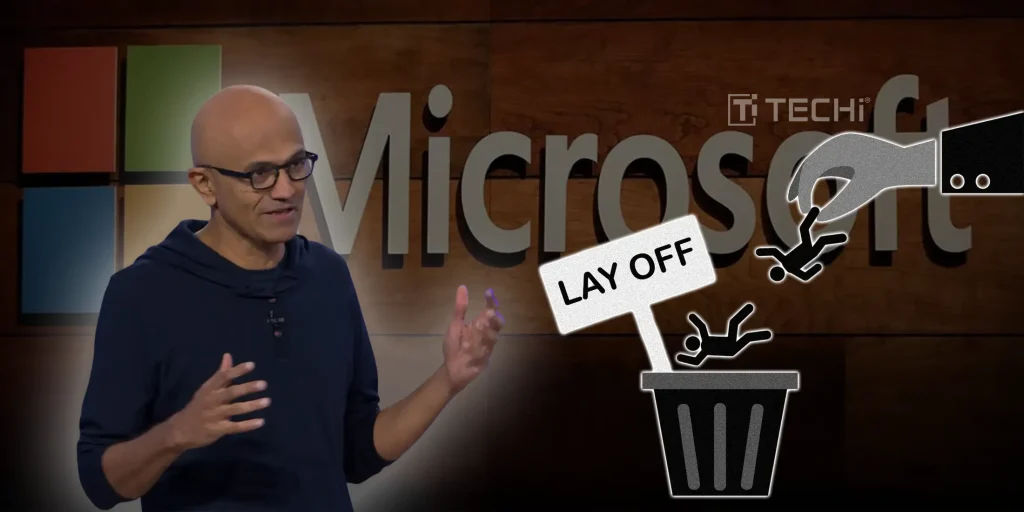In May 2025, Microsoft announced a significant workforce reduction, laying off approximately 6,000 employees, which accounts for nearly 3% of its global staff. This move, marking the company's second-largest layoff after the 10,000 cuts in early 2023, reflects Microsoft's strategic shift towards artificial intelligence (AI) and a leaner organizational structure.
The Rationale Behind the Layoffs
Microsoft's decision to reduce its workforce is driven by multiple factors:
- AI Investment: The company is reallocating resources to bolster its AI capabilities, with capital expenditures projected to reach $80 billion in fiscal year 2025, primarily for expanding data centers supporting AI services.
- Operational Efficiency: By flattening management layers, Microsoft aims to increase the "span of control," allowing more employees to report to fewer managers, thereby enhancing decision-making and agility.
- Market Dynamics: Despite strong financial performance, including a quarterly revenue of $70.07 billion, Microsoft faces margin pressures due to substantial AI infrastructure investments.
Impact on the Workforce
The layoffs span various divisions and geographies, with a significant focus on:
- Middle Management: Aiming to streamline operations, Microsoft is reducing layers of management, particularly targeting roles with minimal direct reports.
- Non-Technical Positions: The company is shifting its workforce composition to favor technical roles, such as engineers and coders, over non-technical positions.
Employees affected by the layoffs may remain on the payroll for 60 days and could still qualify for rewards and bonuses, although Microsoft has not officially confirmed these details.
Strategic Realignment Towards AI
Under CEO Satya Nadella's leadership, Microsoft is intensifying its focus on AI, evident through:
- Investments in OpenAI: Microsoft continues to invest in AI research and development, including partnerships with organizations like OpenAI.
- Integration of AI in Products: The company is embedding AI capabilities across its product suite, such as incorporating AI into the Copilot chatbot.
These initiatives underscore Microsoft's commitment to leading in the AI domain, necessitating organizational changes to support this vision.
Industry-Wide Trends
Microsoft's restructuring aligns with broader trends in the tech industry, where companies are:
- Reducing Management Layers: Tech giants like Amazon and Google are also flattening organizational structures to enhance efficiency.
- Focusing on Core Competencies: Firms are prioritizing investments in areas with the highest growth potential, such as AI and cloud computing.
These trends reflect a shift towards more agile and innovation-focused organizational models.
Employee Sentiment and Future Outlook
While some employees support the restructuring for its potential to improve efficiency, others express concerns about job security and the practical implementation of these changes.
Looking ahead, Microsoft's ability to navigate this transition will depend on:
- Effective Change Management: Ensuring clear communication and support for employees during the restructuring process.
- Continued Innovation: Maintaining momentum in AI and other strategic areas to justify the organizational changes.
- Market Adaptability: Responding to evolving market demands and technological advancements with agility.
Conclusion
The 2025 Microsoft layoffs signify a pivotal moment in the company's evolution, reflecting a strategic realignment towards AI and operational efficiency. As the tech landscape continues to evolve, Microsoft's proactive approach to restructuring positions it to remain competitive and innovative in the years to come.
Read More






 Friday, 21-11-25
Friday, 21-11-25







